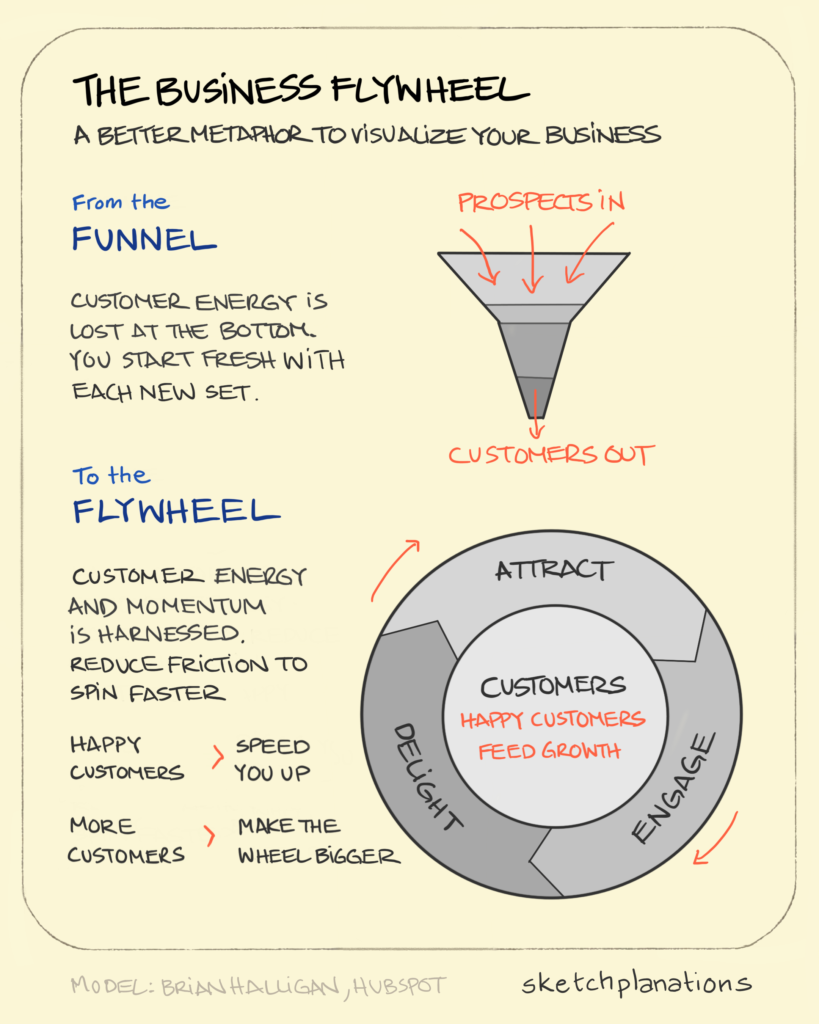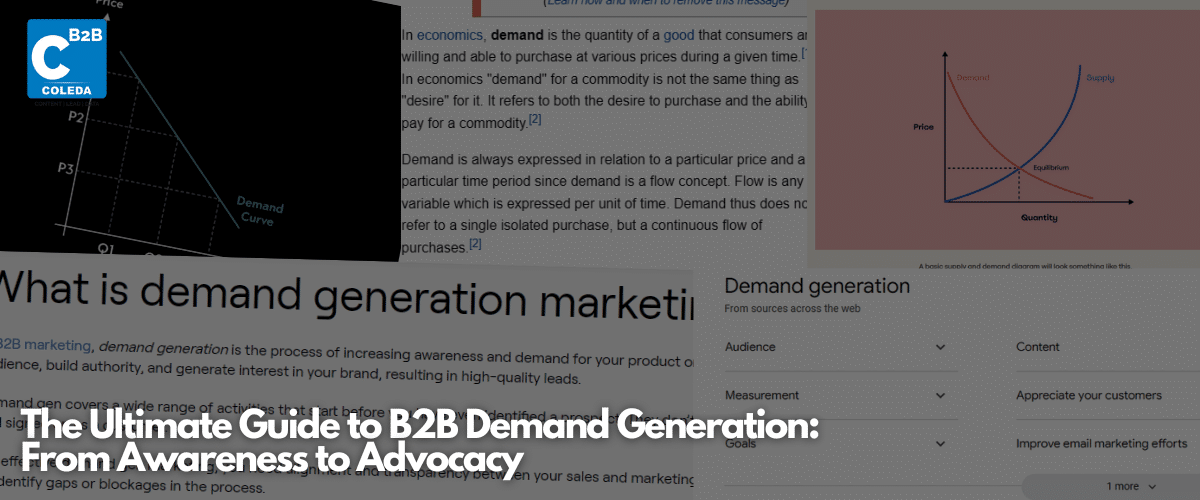Sales and Marketing Alignment: Finding Your Zen

Please support the artist.
Sales vs. Marketing, An age-old Battle
Why are sales and marketing teams not easily aligned?
Tell us, does the conversation below sound familiar?
“It isn’t our fault, the marketing team messed up.”
“Nope, wasn’t us. They didn’t close the deal. We got them the leads.”
“Agreed, but so many of them were irrelevant. Who’s going to check that?”
Seems like resolving marketing and sales conflicts has become part of the job with no end in sight! Things go sour between them during the mess-ups, and in the best of situations stay indifferent. For two teams that focus on one goal, this disharmony causes an organization a lot of trouble.
After all, there is a lot of blame to go around.
But, as marketers and salespeople, for our success, we cannot stay in our independent silos. We are the Yin and Yang of an organization.
If marketers are the smooth opening act that warms the audience up, then sales are the symphony bringing the song to its rousing conclusion.
Handcrafting a system to get the two to integrate is essential.
Creating Synergy between Marketing and Sales
Sales and Marketing pursue a single goal: Customer success and conversion. We want the lead to convert and keep coming to us for more. That is only possible through a superior experience. In our growing landscape of digital touchpoints, traditional marketing and sales tactics are becoming less and less useful.
You must have seen salespeople in your team do a little marketing. And the marketers do a bit of sales. The co-dependence of these processes will come to define the future of how we reach customers and understand what is necessary to close deals.
Achieve it or stay in silos doomed to be alone.
We can work like Peanut Butter and Jelly to address our potential customer’s pain points or discourage each other.
According to HubSpot’s guide, the Sales and Marketing team generates more revenue in ABM-based campaigns.
That’s because ABM sees the two teams working together to identify and target the relevant accounts.
In Kurve’s fantastic collage of data, they mention that 7/10 B2B buyers watch videos before purchasing. Sales team ground-level work helps them identify the pain points, troubles, and needs of a potential customer! Imagine a series of videos tackling these needs and pain points.
With the right combination of audience data and understanding of the buyers’ needs, we can create strategies that blow the competition out of the water.
But if we decide to stay in our silos, we will be doomed to be alone. Learning nothing from two fantastic modes of communicating with our potential customers.
Creating a mutually beneficial B2B journey
To elevate our buyer’s experience and address their pain points precisely, we must craft a mutually beneficial B2B journey. That can only happen through sales and marketing alignment. From content marketing that complements the sales team’s raw effort to creating awareness through our old and new customers.
Sales and Marketing Alignment and Why It Matters
In recent years, the B2B industry has seen a landscape shift. We coined the terms sales and marketing alignment because we found a need to do so. It refers to the two departments coming together and sharing: –
a. Resources
b. Knowledge
c. Strategies
d. Ideas
The big question remains: Why is it necessary?
In this growing age of buyer-centric markets— sales, and marketing must meet potential customers on their terms. We cannot ignore the responsibility the two teams share in creating a seamless customer experience.
According to HBR, in their blog—ending the war between sales and marketing— the two teams need disciplined communication.
That could begin by
Defining a lead
Bear with us here, but the two teams need to come up with a definition of lead that satisfies both of them. We all know the number of marketing leads rejected by sales. Always in the 78-79% range.
And communication starts by understanding the needs of each other and
Adopting ‘Smarketing’ practices
HubSpot came up with this popular term called Smarketing to refer to the integration of sales and marketing through constant communication.
According to HubSpot, “It helps organizations create measurable goals that hold everyone accountable and contribute to the organizations’ bottom line.”
Benefits of Smarketing:
·More lead closures
·Revenue Growth
·Efficient buying cycles
·Seamless buyer experience
Identifying the right prospects and their pain points
One of the biggest complaints of sales is that marketing does not provide them with the correct prospects.
Incorrect prospects impress on us the importance of defining a lead together.
Old frameworks that define a lead will not work well together. A lead shouldn’t just be a box but an opportunity to explore the potential customer’s needs and wants. And, importantly, if they align with your organization.
Sales understands this. They understand who the customer is as a person. Their natural buyer-centric view, when integrated into the strategy, will produce high-quality leads.
Understanding an evolving buyer journey

Similarly, the buyer journey has evolved. Marketing has enabled organizations to self-nurture leads. With exceptional advertisement strategies, omnichannel and multichannel marketing, and supreme content, marketing has grabbed the attention of leads that otherwise wouldn’t have been possible.
Buyers now keep coming back for your content, referring you to their network. High-quality content and an unbeatable sales team are the perfect recipe for a market-defining customer experience.
Our success stories have the potential to be our voice. This shift can only happen when the teams are working together in harmony.
Sales Collateral
What is sales collateral?
It essentially means giving your sales team content personalized and relevant to the prospects buying nature during different phases of their purchasing journey.
This will help the buyer make an informed decision and help close deals.
These can be:
-E-books
-Free product/Service demos
-Data-intensive reports
-Case studies
-ROI reports, and more.
Open Communication
We have spoken at length about cooperation, tactics, and advantages of alignment.
In theory, it all works well. But, in the end, our teams are made of real people. We face unforeseen situations and uncertainty; this affects our communication with each other. We may not readily speak our grievances out with each other.
With incentives and aligning strategies, we must also speak with each other freely and respectfully. Opening up channels to grow together and create immense benefits in return.
Team heads, respectively, can hold joint sessions where ideas flow freely. Or make sure sales and marketing sit together. Naturally, this creates a bond between the two teams.
After all, it is your marketing team’s job to create the content. And it is the sales team’s job to help marketing understand who the customer is. Even during hand-offs.
Summary
Sales and Marketing alignment reaps tremendous ROI. In a world where personalization is slowly becoming the norm, understanding the user and creating high-quality content for them is equally important.
Leveraging sales’ natural ability to understand the customer and their needs and marketing’s affinity to influence trends and marketing behavior can create a system where both teams flourish, and the failure of lead conversion drops dramatically.









